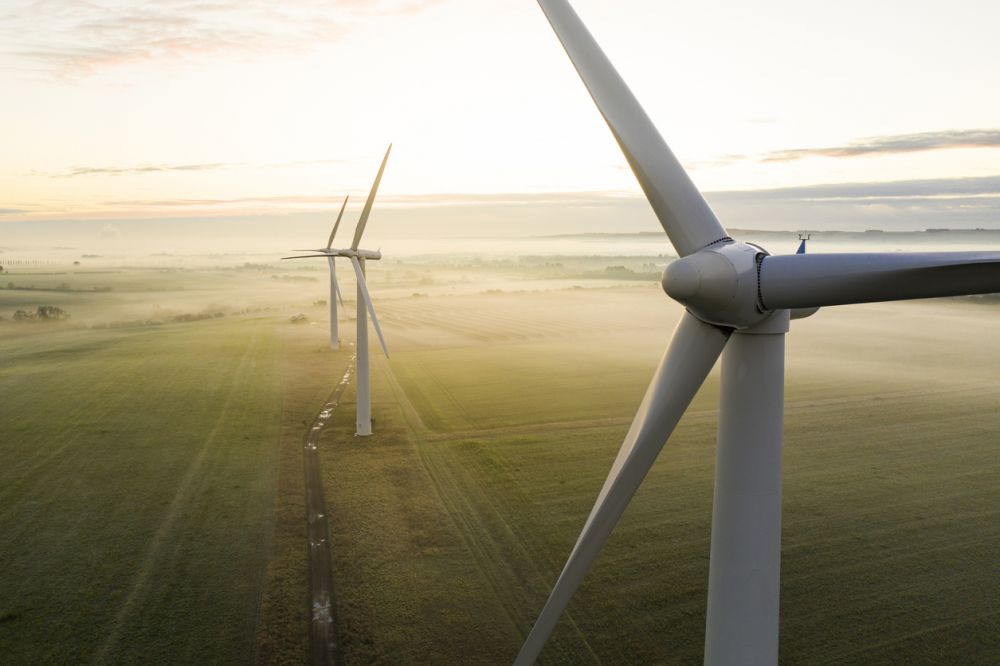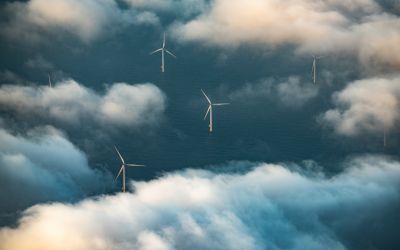2024 a ‘Record-Breaking’ Year for Low-Carbon Electricity
Great Britain made progress towards low-carbon generation goals, with wind power overtaking gas as the biggest source of electricity in 2024.

Data from the National Energy System Operator (NESO), Great-Britain's independent system planner and operator, reveals that 2024 was a landmark year for low-carbon electricity generation.
On 30 September, a historical moment occurred as the Great Britain’s last coal-fired station closed, ending 142 years of reliance on coal for electricity. As a result, solar, biomass and imports will now step up to play a greater role in providing electricity to the country.
For the first year ever, wind was the largest source of electricity generation, accounting for 30%. It surpassed gas, which accounted for 26.3%, down from 32% in 2023.
Renewables averaged 51% of electricity generation during 2024, with solar, hydro and biomass providing 5%, 2% and 6.8% of electricity generation, respectively.
Additionally, nuclear power - considered a source of clean electricity by the government – accounted for 14%.
The growth of renewables in the energy mix made 2024 the greenest year on record in terms of the carbon intensity of electricity, averaging 125 CO2/kWh.
This is positive news for the government’s clean power mission of generating at least 95% by 2030. NESO was commissioned by Secretary of State for Energy Security and Net Zero, Ed Miliband, to provide independent analysis of how to deliver on this mission. It concluded that the goal is possible but “a huge challenge” and outlined the pipeline of projects needed.
As reliance shifts further to renewable sources for electricity generation, a monumental effort is required to expand and modernise the grid, develop a flexible system, and scale energy storage solutions. The Department for Energy Security and Net Zero’s Clean Power 2030 Action Plan sets out the first major steps towards “a new era of clean electricity” that the country is now embarking on.






